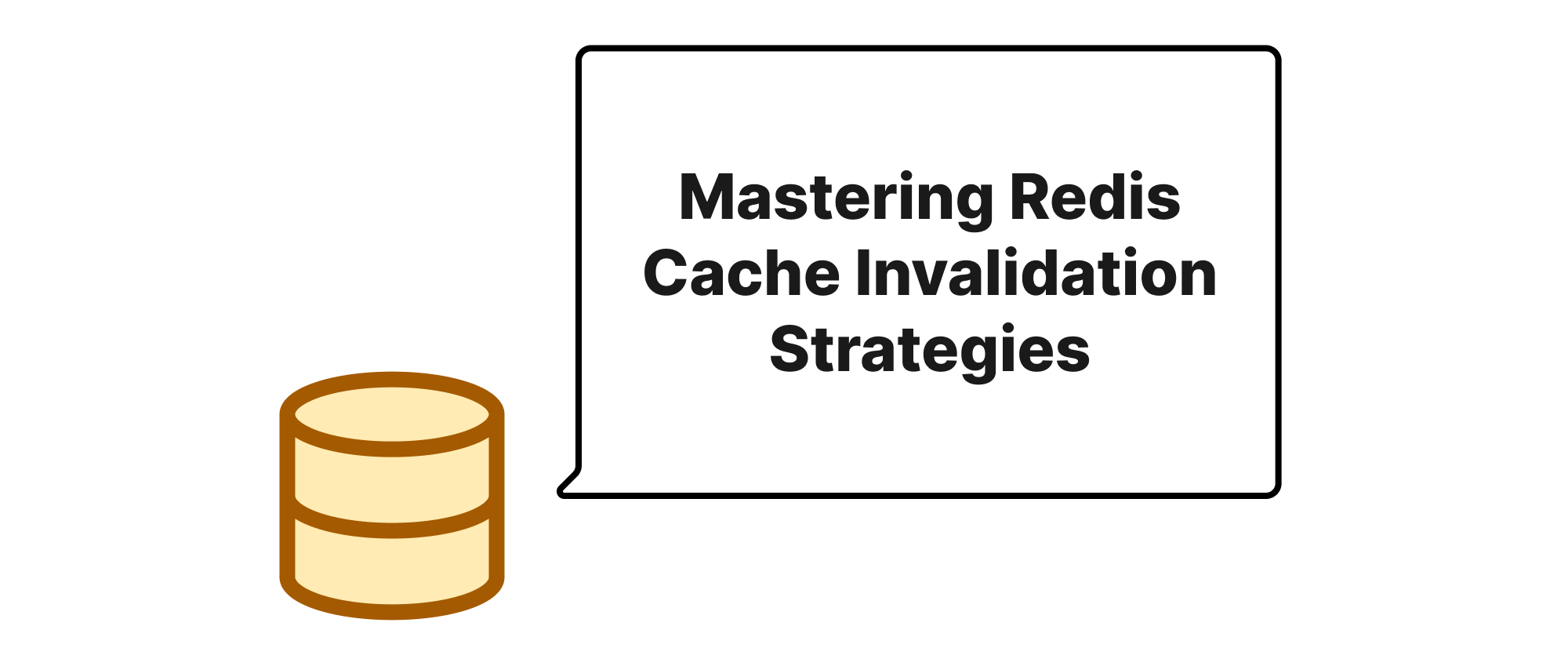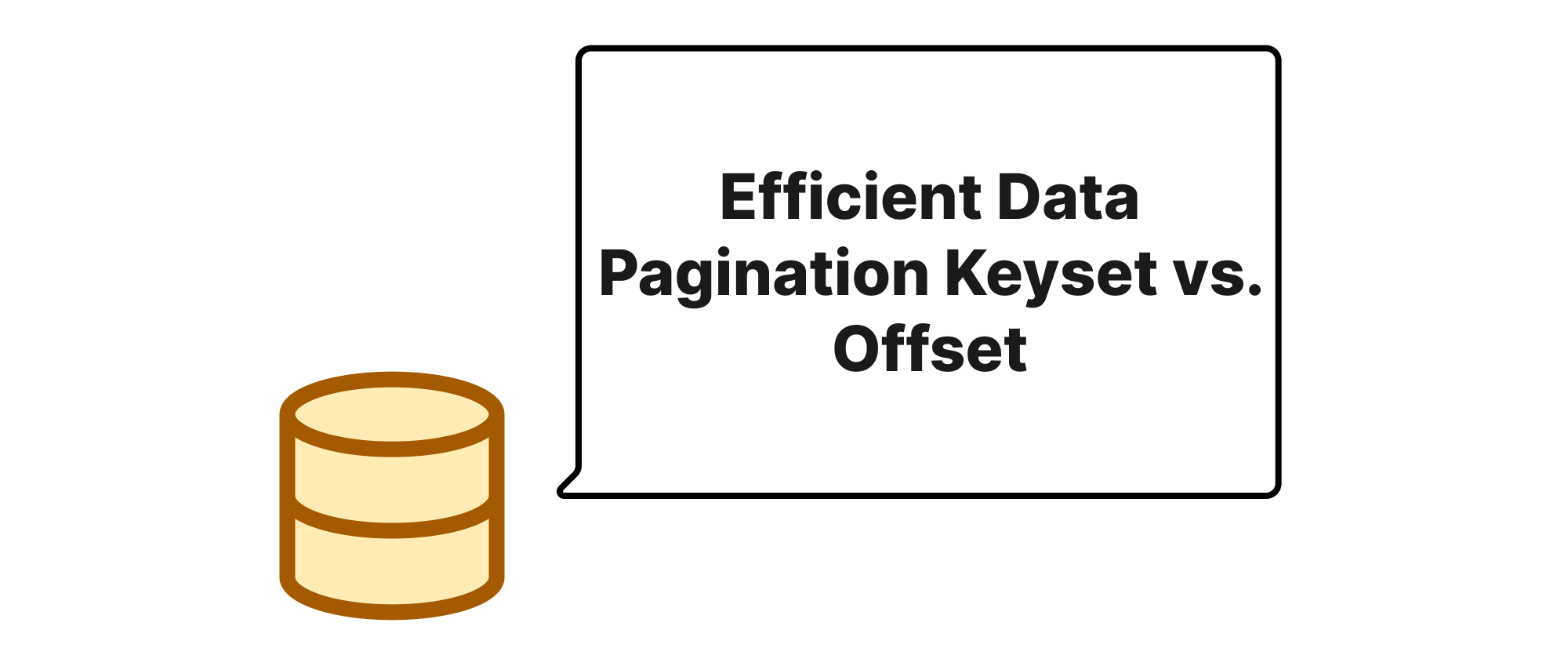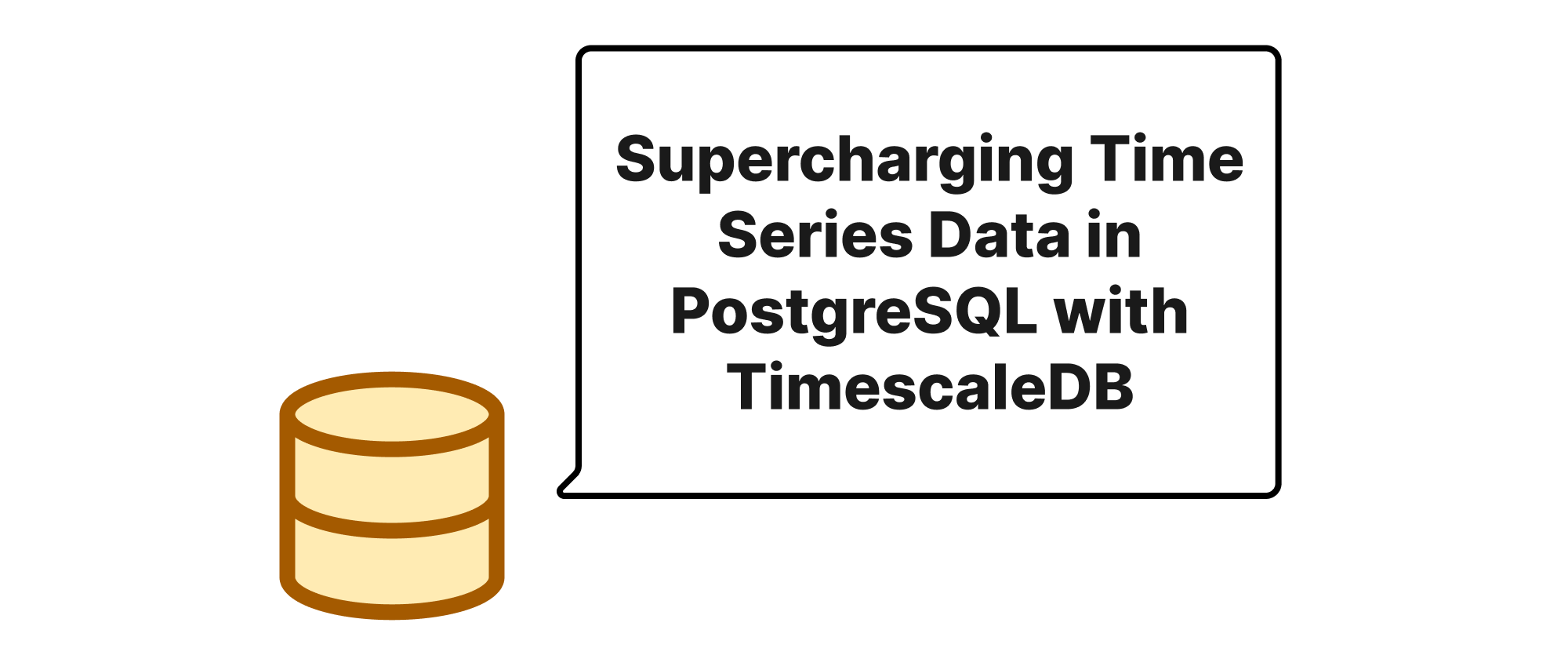Mastering Redis Cache Invalidation Strategies
Lukas Schneider
DevOps Engineer · Leapcell

Introduction
In today's data-driven applications, speed and responsiveness are paramount. Databases, while robust, often become performance bottlenecks when facing high read loads. Caching is a widely adopted solution to mitigate this, storing frequently accessed data in a fast, in-memory store like Redis. However, the true power of caching lies not just in storing data, but in effectively managing its lifecycle. Outdated or stale data in the cache can lead to incorrect application behavior and a poor user experience. This article delves into the critical strategies for Redis cache invalidation: LRU/LFU, TTL, and proactive invalidation. Understanding and implementing these techniques correctly is fundamental to building high-performance, resilient applications that leverage caching effectively.
Core Concepts of Cache Invalidation
Before diving into the specifics, let's define some core concepts crucial for understanding cache invalidation:
- Cache Hit: When requested data is found in the cache. This is ideal, as it avoids a slower database lookup.
- Cache Miss: When requested data is not found in the cache, requiring a lookup in the underlying database or data source.
- Stale Data: Data in the cache that no longer reflects the most current state in the primary data source. Serving stale data can lead to inconsistencies.
- Cache Eviction: The process of removing data from the cache, typically when the cache is full or data is no longer considered useful.
- Cache Invalidation: More broadly, the mechanism to ensure that data in the cache is always fresh and consistent with the source. Eviction is one form of invalidation.
Redis Cache Invalidation Strategies
Redis provides powerful mechanisms for managing data lifecycle within its cache. These strategies can be broadly categorized into automatic (LRU/LFU, TTL) and manual (proactive invalidation).
Automatic Eviction Policies: LRU and LFU
When a Redis cache reaches its configured maxmemory limit, it needs a strategy to decide which keys to evict to make space for new ones. Redis offers several maxmemory-policy options, with allkeys-lru, volatile-lru, allkeys-lfu, and volatile-lfu being the most common for managing frequently accessed data.
-
LRU (Least Recently Used): This policy evicts keys that have not been accessed for the longest time. The intuition here is that data accessed recently is more likely to be accessed again soon.
Implementation in Redis is controlled by the
maxmemory-policyconfiguration. For example, to enable LRU eviction across all keys:# redis.conf maxmemory 100mb maxmemory-policy allkeys-lruWhen Redis needs to evict a key, it checks a small sample of keys and evicts the one that is "least recently used" among them. This is an approximation of true LRU but is highly efficient.
-
LFU (Least Frequently Used): This policy evicts keys that have been accessed the fewest times. The idea is that data used frequently is more valuable and should remain in the cache.
To enable LFU eviction:
# redis.conf maxmemory 100mb maxmemory-policy allkeys-lfuLFU maintains a "logarithmic counter" for each key to track its access frequency. This counter is incremented on each access and decays over time to avoid keys that were once popular remaining in the cache indefinitely.
When to Use LRU vs. LFU:
- LRU (default for many systems): Best for scenarios where data access patterns change frequently, or data has a clear "recency" preference. For example, a news feed where older articles quickly become less relevant.
- LFU: More suitable when some data is consistently popular over longer periods, even if not accessed in the most recent moment. Examples include user profile data, popular product listings, or frequently accessed configuration settings.
Time-to-Live (TTL)
TTL is a simple yet powerful mechanism to automatically expire keys after a specified duration. This is crucial for managing data that has a natural expiration time or when you want to ensure data doesn't persist indefinitely due to its inherent staleness.
Redis provides commands to set TTL:
EXPIRE key seconds: Sets an expiration timestamp to a key in seconds.PEXPIRE key milliseconds: Sets an expiration timestamp to a key in milliseconds.EXPIREAT key timestamp: Sets an expiration timestamp to a key at a specific Unix timestamp (seconds).PEXPIREAT key milliseconds-timestamp: Sets an expiration timestamp to a key at a specific Unix timestamp (milliseconds).SETEX key seconds value: Sets a key-value pair and an expiration time in one go.PSETEX key milliseconds value: Sets a key-value pair and an expiration time in milliseconds.
Example: Caching a user session token that should expire after 30 minutes.
import redis r = redis.Redis(host='localhost', port=6379, db=0) user_id = "user:123" session_token = "abc123xyz" # Set a session token with a 30-minute (1800 seconds) expiration r.setex(f"session:{user_id}", 1800, session_token) # Later, retrieve the token token = r.get(f"session:{user_id}") if token: print(f"Session token for {user_id}: {token.decode()}") else: print(f"Session for {user_id} expired or not found.") # You can also check remaining TTL remaining_ttl = r.ttl(f"session:{user_id}") print(f"Remaining TTL for session:{user_id}: {remaining_ttl} seconds")
Application Scenarios for TTL:
- Session Management: User session tokens, authentication cookies.
- Rate Limiting: Storing counters for API calls with short expiration.
- Temporary Data: Caching results of computationally expensive queries for a limited time.
- News Articles/Feeds: Caching content that has a limited shelf life.
Proactive (Manual) Invalidation
While LRU/LFU and TTL handle automatic eviction, proactive invalidation is about explicitly removing data from the cache when the underlying source data changes. This is critical for data consistency, especially when real-time accuracy is required.
The basic command for proactive invalidation is DEL key [key ...].
Implementation Approaches:
-
Write-Through / Write-Aside with Invalidation:
- Write-Through: Data is written to both the cache and the database simultaneously. While simple, it doesn't automatically invalidate existing cache entries when data is updated indirectly.
- Write-Aside with Invalidation: Data is written directly to the database. After a successful database write (insert, update, delete), the corresponding key(s) are explicitly deleted from the cache. This ensures the next read will be a cache miss, fetching the fresh data from the database.
Example (Python Flask application with a user profile):
import redis from flask import Flask, jsonify, request import sqlite3 # Simulating a database app = Flask(__name__) r = redis.Redis(host='localhost', port=6379, db=0) DB_NAME = 'mydatabase.db' def get_db_connection(): conn = sqlite3.connect(DB_NAME) conn.row_factory = sqlite3.Row return conn # Initialize DB (run once) with get_db_connection() as conn: conn.execute(''' CREATE TABLE IF NOT EXISTS users ( id INTEGER PRIMARY KEY, name TEXT NOT NULL, email TEXT NOT NULL UNIQUE ) ''') conn.commit() @app.route('/users/<int:user_id>', methods=['GET']) def get_user(user_id): cache_key = f"user:{user_id}" cached_user = r.get(cache_key) if cached_user: print(f"Cache Hit for user {user_id}") return jsonify(eval(cached_user.decode())) # Using eval for simplicity, use JSON serialization in prod print(f"Cache Miss for user {user_id}") conn = get_db_connection() user = conn.execute("SELECT * FROM users WHERE id = ?", (user_id,)).fetchone() conn.close() if user: user_data = dict(user) r.set(cache_key, str(user_data)) # Cache the user data return jsonify(user_data) return jsonify({"error": "User not found"}), 404 @app.route('/users/<int:user_id>', methods=['PUT']) def update_user(user_id): data = request.get_json() name = data.get('name') email = data.get('email') conn = get_db_connection() try: conn.execute("UPDATE users SET name = ?, email = ? WHERE id = ?", (name, email, user_id)) conn.commit() # **Proactive Invalidation:** Delete the key from Redis cache_key = f"user:{user_id}" r.delete(cache_key) # Invalidate the cache entry print(f"User {user_id} updated and cache invalidated.") return jsonify({"message": "User updated successfully"}), 200 except sqlite3.Error as e: return jsonify({"error": str(e)}), 500 finally: conn.close() if __name__ == '__main__': # Example of initial data with get_db_connection() as conn: conn.execute("INSERT OR IGNORE INTO users (id, name, email) VALUES (1, 'Alice', 'alice@example.com')") conn.commit() app.run(debug=True)In this example, an
UPDATEoperation explicitlyDELetes the corresponding user from the Redis cache, ensuring that subsequentGETrequests fetch the fresh data from the database. -
Publish/Subscribe (Pub/Sub) for Distributed Invalidation: In microservices architectures or distributed systems, multiple application instances might cache the same data. Proactive invalidation needs a way to notify all instances. Redis Pub/Sub is an excellent fit.
- When data changes in the database, the service responsible publishes an "invalidation message" to a specific Redis channel (e.g.,
user_updates). - All other services that cache this data subscribe to that channel.
- Upon receiving an invalidation message, each service invalidates its local cache for the affected key(s).
Example (Conceptual Pub/Sub invalidation):
# microservice_A.py (Data producer, updates user, publishes invalidation) import redis r_pub = redis.Redis(host='localhost', port=6379, db=0) def update_user_in_db_and_invalidate_cache(user_id, new_data): # Simulate database update print(f"Updating user {user_id} in DB...") # Publish invalidation event message = f"invalidate_user:{user_id}" r_pub.publish("cache_invalidation_channel", message) print(f"Published invalidation message: {message}") # microservice_B.py (Data consumer, caches user, subscribes to invalidation) import redis import threading import time r_sub = redis.Redis(host='localhost', port=6379, db=0) local_cache = {} # Simulate local cache for demonstration def cache_listener(): pubsub = r_sub.pubsub() pubsub.subscribe("cache_invalidation_channel") print("Subscribed to cache_invalidation_channel. Listening for invalidations...") for message in pubsub.listen(): if message['type'] == 'message': data = message['data'].decode() if data.startswith("invalidate_user:"): user_id_to_invalidate = data.split(":")[1] if user_id_to_invalidate in local_cache: del local_cache[user_id_to_invalidate] print(f"Invalidated user {user_id_to_invalidate} from local cache.") else: print(f"User {user_id_to_invalidate} not found in local cache (already gone or not cached).") # Start the listener in a separate thread listener_thread = threading.Thread(target=cache_listener, daemon=True) listener_thread.start() def get_user_from_cache_or_db(user_id): if user_id in local_cache: print(f"Cache hit for user {user_id} in local_cache.") return local_cache[user_id] # Simulate DB lookup print(f"Cache miss for user {user_id}. Fetching from DB.") time.sleep(0.1) # Simulate DB latency user_data = {"id": user_id, "name": f"User {user_id} Data"} local_cache[user_id] = user_data return user_data # Main application flow if __name__ == '__main__': # Example usage after services are running # Microservice B (consumer) would call: get_user_from_cache_or_db("1") get_user_from_cache_or_db("2") get_user_from_cache_or_db("1") # Should be a cache hit # Microservice A (producer) would call: print("\n--- Simulating update and invalidation ---") update_user_in_db_and_invalidate_cache("1", {"name": "Updated User 1"}) time.sleep(0.5) # Give listener time to process # Microservice B (consumer) would then see: print("\n--- After invalidation ---") get_user_from_cache_or_db("1") # Should be a cache miss now get_user_from_cache_or_db("2") # Still a hit time.sleep(2) # Keep main thread alive for listener print("Application finished.") - When data changes in the database, the service responsible publishes an "invalidation message" to a specific Redis channel (e.g.,
Challenges with Proactive Invalidation:
- Complexity: Requires careful coordination between your application logic and the cache.
- Stale Data Window: There's always a tiny window between database write and cache invalidation where stale data might be served, especially in distributed systems.
- What to Invalidate?: Identifying all affected keys for complex updates can be challenging (e.g., updating a
categorymight affect manyproductcaches).
Conclusion
Effective cache invalidation is not a trivial task but is absolutely critical for maintaining data freshness and application stability when using Redis as a cache. By combining automatic eviction policies like LRU and LFU to manage cache size, Time-to-Live (TTL) for naturally ephemeral data, and powerful proactive invalidation strategies (direct DEL and Pub/Sub for distributed systems), developers can build robust and high-performing applications. Choosing the right strategy, or often a combination thereof, depends heavily on your data's characteristics, access patterns, and consistency requirements. A well-implemented cache invalidation strategy ensures that your users always interact with the most up-to-date information, without sacrificing performance.


